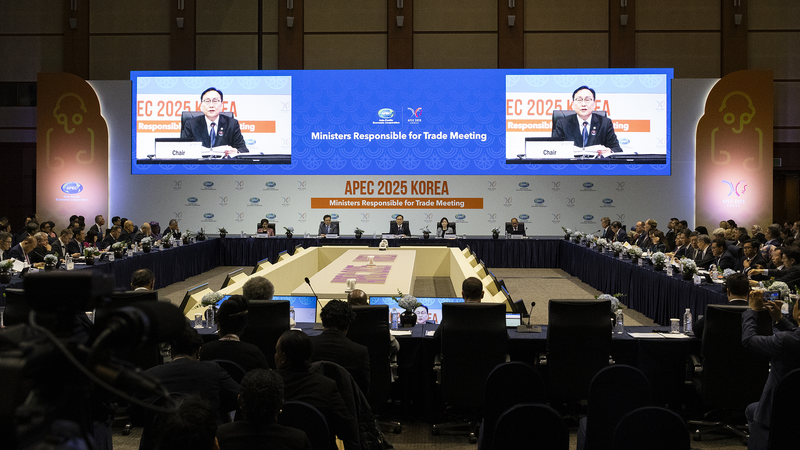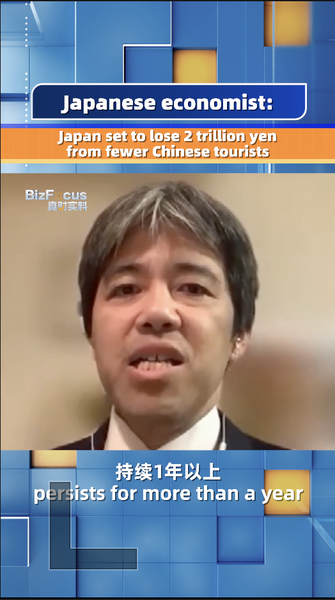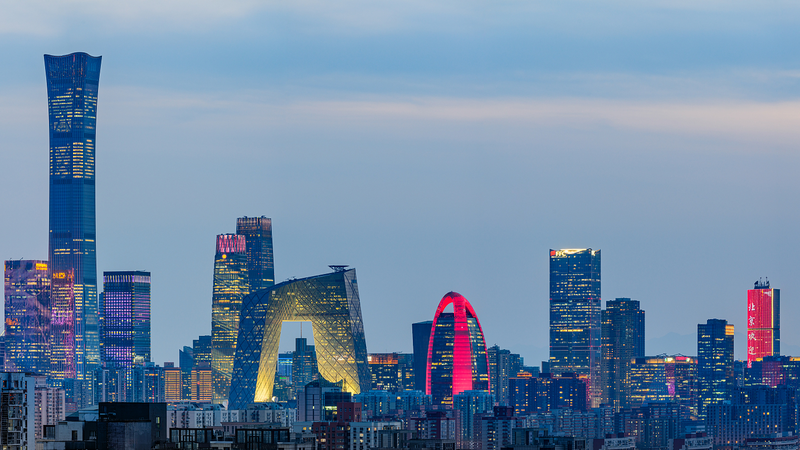Trade ministers and senior officials from 21 APEC members, including the Chinese mainland, gathered on Jeju island on May 15, marking the start of a high-stakes two-day summit against a backdrop of complex economic challenges.
The newly released APEC Regional Trends Analysis paints a stark picture: the region’s GDP growth is now pegged at 2.6% for 2025, down from the 3.3% forecast in March. This slowdown surpasses global revisions—2.8% per the IMF and 2.9% per APEC—highlighting vulnerabilities from policy uncertainty and intensifying trade disputes.
Ministers are zeroing in on three strategic priorities: harnessing innovation—from AI-driven customs processes to blockchain-based supply chains—to facilitate trade; bolstering connectivity through strengthened multilateral frameworks; and forging partnerships for sustainable trade that balance economic gains with social and environmental goals.
"As a key driver in global trade, the APEC region faces a steeper growth downgrade than the rest of the world, driven by escalating disputes and policy uncertainty," the report warns, underscoring the urgency for coordinated action.
Looking ahead, the Jeju talks set the stage for the APEC Economic Leaders’ Meeting later this year and build momentum toward 2026, when China will assume the host role. For digital nomads, entrepreneurs, and changemakers alike, the outcomes here could chart the course for future trade routes, green partnerships, and the next wave of tech-driven growth.
Reference(s):
cgtn.com




